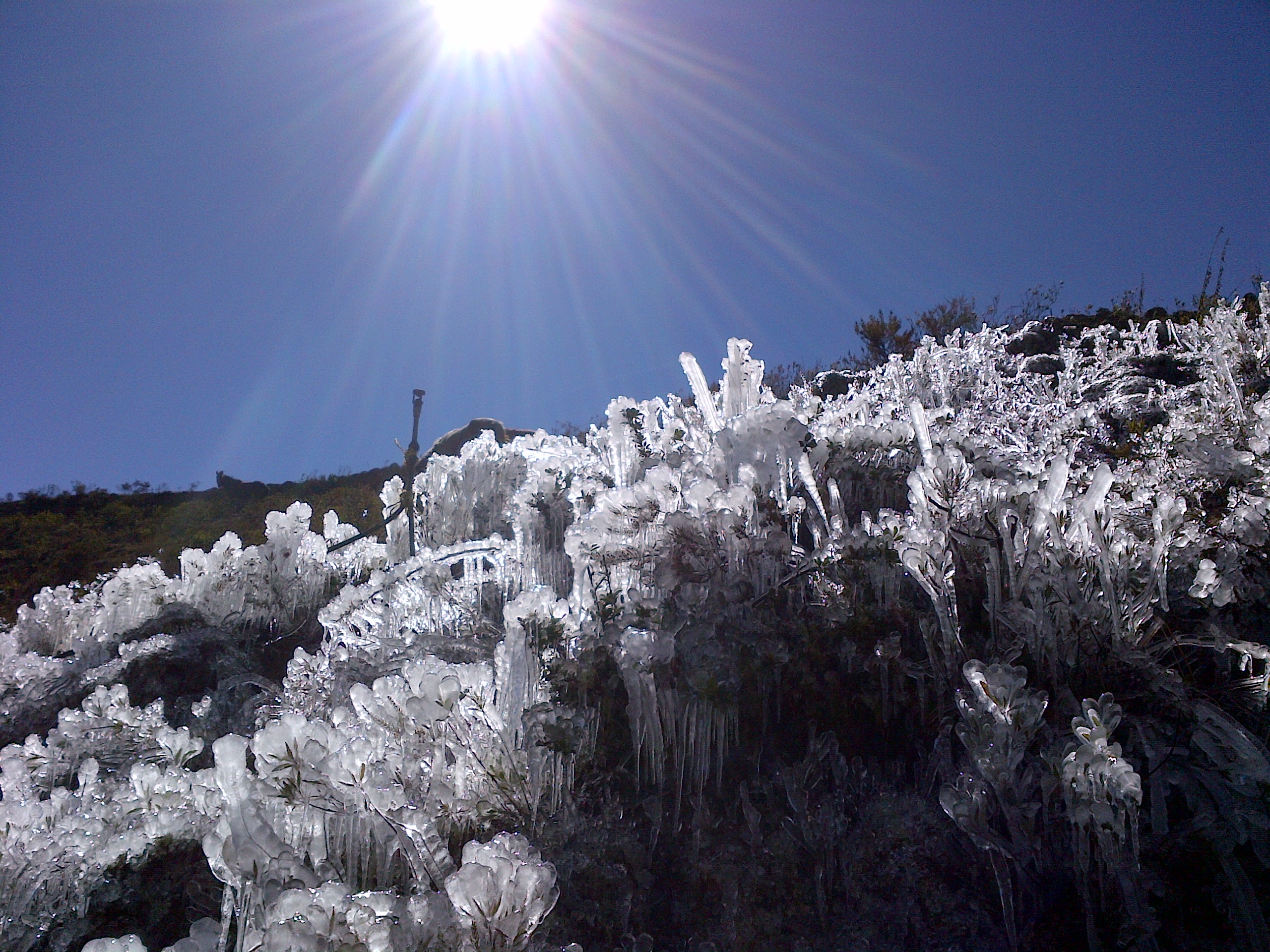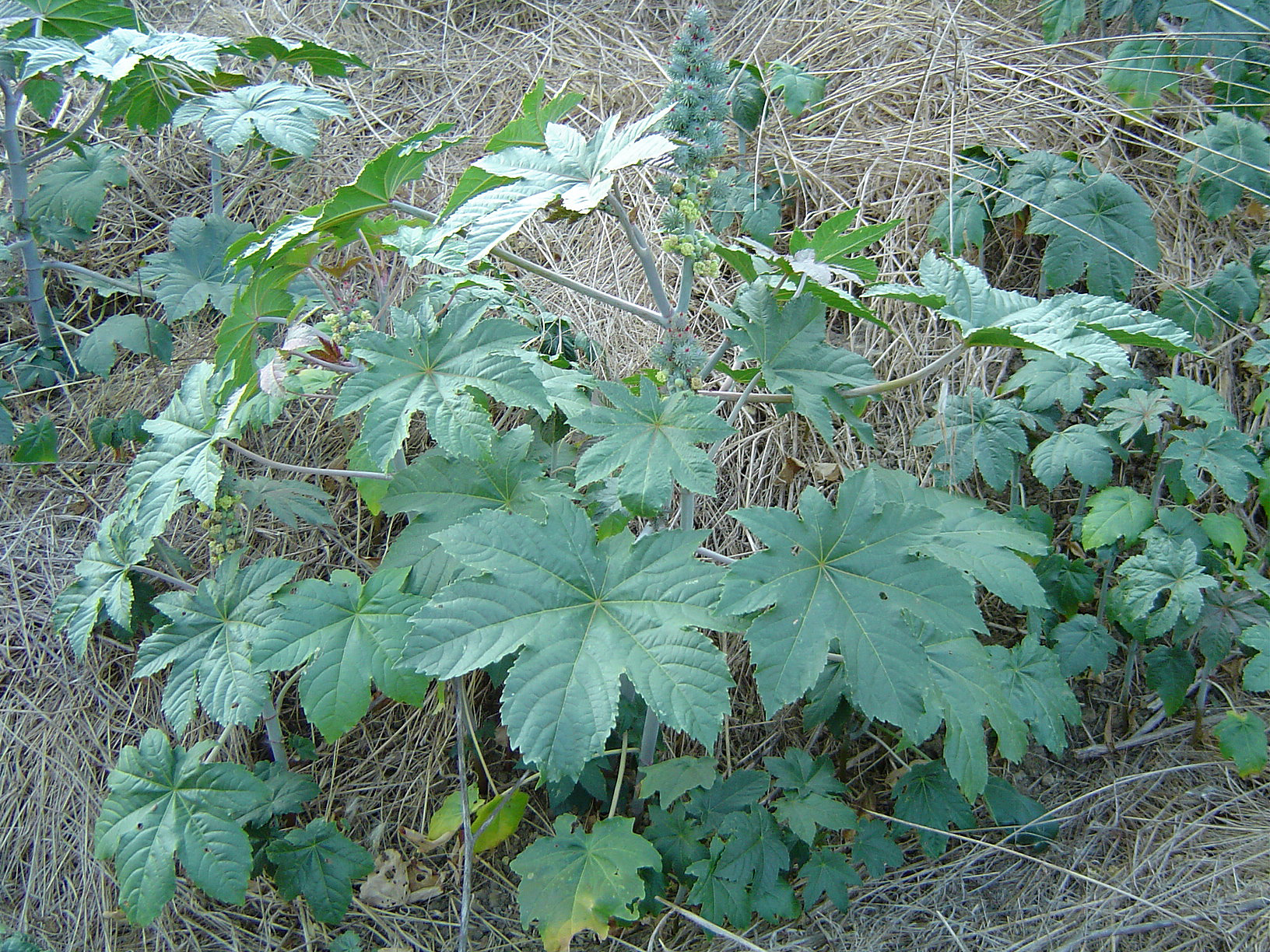|
Eurytela Dryope
''Eurytela dryope'', the golden piper, is a butterfly of the family Nymphalidae, found in Sub-Saharan Africa, the Arabian Peninsula and Madagascar. Description Wingspan: 40–50 mm in males and 45–55 mm in females. The male and female are very similar in appearance.Williams, M. (1994). ''Butterflies of Southern Africa; A Field Guide''. Southern Book Publishers. . The upperside of the wings is dark brown with a wide, yellow-orange band in the lower two-thirds of the forewing margin and the outer half of the hindwing. The underside of the wings is variegated in shades of brown. Subspecies Listed alphabetically:''Eurytela'' at Markku Savela's ''Lepidoptera and Some Other Life Forms'' *''E. d. angulata'' Aurivillius, 1898 – eastern a ... [...More Info...] [...Related Items...] OR: [Wikipedia] [Google] [Baidu] |
Pieter Cramer
Pieter Cramer (21 May 1721 (baptized) – 28 September 1776) was a wealthy Netherlands, Dutch merchant in linen and Spanish wool, remembered as an entomologist. Cramer was the director of the Zealand Society, a scientific society located in Flushing, Netherlands, Flushing, and a member of ''Concordia et Libertate'', based in Amsterdam. This literary and patriotic society, where Cramer gave lectures on minerals, commissioned and/or financed the publishing of his book ''De uitlandsche Kapellen'', on foreign (exotic) butterflies, occurring in three parts of the world Asia, Africa and America. Cramer assembled an extensive natural history collection that included seashells, petrifications, fossils and insects of all Order (biology), orders. Many were colourful butterflies and moths (Lepidoptera), collected in countries where the Dutch had colonial or trading links, such as Surinam (Dutch colony), Surinam, Ceylon, Sierra Leone and the Dutch East Indies. Cramer decided to get a permane ... [...More Info...] [...Related Items...] OR: [Wikipedia] [Google] [Baidu] |
Port St Johns
Port St. Johns (or Port Saint Johns) is a town of about 6,500 people on the Wild Coast in the Eastern Cape province of South Africa. It is situated at the mouth of the Umzimvubu River, northeast of East London and east of Mthatha. Port St. Johns was the birthplace of Capital Radio 604. History This town is thought to have been named after a Portuguese ship (the '' São João''),van der Merwe, E. and Costello, K. ''Port St. Johns, "Paradise in Pondoland" (2nd edition)''. which was actually wrecked at Port Edward.About.com African History: ''8 June 1552 – Portuguese Ship São João Wrecked off the KwaZulu Coast'': http://africanhistory.about.com/b/2008/06/08/8-june-1552-portuguese-ship-sao-joao-wrecked-off-the-kwazulu-coast.htm, retrieved 17 August 2011. Later seafarers mistakenly identified the mouth of the Umzimvubu River as the site of this wreck. In the mid-1800s the local Mpondo Chief, Ndamase, allowed a few white traders to settle at the mouth of the Umzimvubu River. W ... [...More Info...] [...Related Items...] OR: [Wikipedia] [Google] [Baidu] |
Biblidinae
Biblidinae is a subfamily of Nymphalidae, nymphalid butterflies that includes the tropical brushfoots. This subfamily was sometimes merged within the Limenitidinae, but they are now recognized as quite distinct lineages. In older literature, this subfamily is sometimes called Eurytelinae. As of 2008, some 340 valid species are in this subfamily, placed in 38 genera. Most species of Biblidinae are Neotropical, but there are some Old World species and genera in the tribes Biblidini and Epicaliini. Systematics The Biblidinae are a taxonomically stable monophyletic group, at least since the "wastebin taxon, wastebin genus" ''Catagramma'' was dismantled around 1950. The tribes, in the presumed phylogenetic sequence and with notable genera also listed here, are: Biblidini Boisduval, 1833 * ''Biblis (butterfly), Biblis'' Fabricius, 1807 (= ''Zonaga'') * ''Ariadne (genus), Ariadne'' Horsfield, 1829 (= ''Ergolis'') * ''Laringa'' Moore, 1901 * ''Eurytela'' Boisduval, 1833 * ''Ne ... [...More Info...] [...Related Items...] OR: [Wikipedia] [Google] [Baidu] |
Butterflies Described In 1775
Butterflies are winged insects from the lepidopteran superfamily Papilionoidea, characterized by large, often brightly coloured wings that often fold together when at rest, and a conspicuous, fluttering flight. The oldest butterfly fossils have been dated to the Paleocene, about 56 million years ago, though molecular evidence suggests that they likely originated in the Cretaceous. Butterflies have a four-stage life cycle, and like other holometabolous insects they undergo complete metamorphosis. Winged adults lay eggs on the food plant on which their larvae, known as caterpillars, will feed. The caterpillars grow, sometimes very rapidly, and when fully developed, pupate in a chrysalis. When metamorphosis is complete, the pupal skin splits, the adult insect climbs out, expands its wings to dry, and flies off. Some butterflies, especially in the tropics, have several generations in a year, while others have a single generation, and a few in cold locations may take several ... [...More Info...] [...Related Items...] OR: [Wikipedia] [Google] [Baidu] |
Eurytela Hiarbas
''Eurytela hiarbas'', commonly known as the pied piper, is a butterfly of the family Nymphalidae, found in Sub-Saharan Africa. Its wingspan is 45–50 mm in males and 48–55 mm in females. It has continuous broods, peaking between November and March. Its larvae feed on ''Tragia glabrata'', ''Dalechampia capensis'', and ''Ricinus communis''. Subspecies Listed alphabetically:''Eurytela'' funet.fi *''E. h. abyssinica'' Rothschild & Jordan, 1903 – Ethiopia *''E. h. angustata'' Lathy, 1901 – Eswatini, South Africa: Limpopo, Mpumalanga, North West, Gauteng, KwaZulu-Natal, Eastern Cape and Western Cape *''E. h. hiarbas'' (Drury, 1770) – Sierra Leone, Liberia, Ivory Coast, Ghana, Togo, Nigeria: south an ... [...More Info...] [...Related Items...] OR: [Wikipedia] [Google] [Baidu] |
Frost
Frost is a thin layer of ice on a solid surface, which forms from water vapor that deposits onto a freezing surface. Frost forms when the air contains more water vapor than it can normally hold at a specific temperature. The process is similar to the formation of dew, except it occurs below the freezing point of water typically without crossing through a liquid state. Air always contains a certain amount of water vapor, depending on temperature. Warmer air can hold more than colder air. When the atmosphere contains more water than it can hold at a specific temperature, its relative humidity rises above 100% becoming supersaturated, and the excess water vapor is forced to deposit onto any nearby surface, forming seed crystals. The temperature at which frost will form is called the dew point, and depends on the humidity of the air. When the temperature of the air drops below its dew point, excess water vapor is forced out of solution, resulting in a phase change directly fro ... [...More Info...] [...Related Items...] OR: [Wikipedia] [Google] [Baidu] |
Fermentation (food)
In food processing, fermentation is the conversion of carbohydrates to alcohol or organic acids using microorganisms—yeasts or bacteria—without an oxidizing agent being used in the reaction. Fermentation usually implies that the action of microorganisms is desired. The science of fermentation is known as zymology or zymurgy. The term "fermentation" sometimes refers specifically to the chemical conversion of sugars into ethanol, producing alcoholic drinks such as wine, beer, and cider. However, similar processes take place in the leavening of bread (CO2 produced by yeast activity), and in the preservation of sour foods with the production of lactic acid, such as in sauerkraut and yogurt. Humans have an enzyme that gives us an enhanced ability to break down ethanol. Other widely consumed fermented foods include vinegar, olives, and cheese. More localized foods prepared by fermentation may also be based on beans, grain, vegetables, fruit, honey, dairy products, and fish. His ... [...More Info...] [...Related Items...] OR: [Wikipedia] [Google] [Baidu] |
Ricinus Communis
''Ricinus communis'', the castor bean or castor oil plant, is a species of perennial flowering plant in the spurge family, Euphorbiaceae. It is the sole species in the monotypic genus, ''Ricinus'', and subtribe, Ricininae. The evolution of castor and its relation to other species are currently being studied using modern genetic tools. It reproduces with a mixed pollination system which favors selfing by geitonogamy but at the same time can be an out-crosser by anemophily (wind pollination) or entomophily (insect pollination). Its seed is the castor bean, which despite the term is not a bean (as it is not the seed of a member of the family Fabaceae). Castor is indigenous to the southeastern Mediterranean Basin, East Africa, and India, but is widespread throughout tropical regions (and widely grown elsewhere as an ornamental plant). Castor seed is the source of castor oil, which has a wide variety of uses. The seeds contain between 40% and 60% oil that is rich in triglycerides ... [...More Info...] [...Related Items...] OR: [Wikipedia] [Google] [Baidu] |
Dalechampia Capensis
''Dalechampia capensis'' is a species of shrub. It is known by the common names inzula or wild hop. It is native to Botswana, South Africa, Mozambique, Eswatini, Tanzania, and Zambia. The species is eaten by larval ''Byblia ilithyia'' and ''Eurytela dryope ''Eurytela dryope'', the golden piper, is a butterfly of the family Nymphalidae, found in Sub-Saharan Africa, the Arabian Peninsula and Madagascar. Description Wingspan: 40–50 mm in males and 45–55 mm in females. The male and fema ...''. References Plukenetieae Flora of Southern Africa {{Euphorbiaceae-stub ... [...More Info...] [...Related Items...] OR: [Wikipedia] [Google] [Baidu] |
Tragia Glabrata
''Tragia durbanensis'', the stinging nettle creeper, is a twining herb in the family Euphorbiaceae,Pooley, E. (1998). ''A Field Guide to Wild Flowers; KwaZulu-Natal and the Eastern Region''. . with a restricted distribution in southern Africa.Swaziland's Flora Database: ''Tragia glabrata'' (Müll.Arg.) Pax & K.Hoffm. var. ''glabrata'': http://www.sntc.org.sz/flora/speciesinfo.asp?spid=1670, retrieved 1 March 2011. Distribution and habitat It is native to the coastal areas of Mozambique and eastern coastal areas of South Africa. These plants are found in dune forest,JSTOR PLANT SCIENCE: Entry for ''Tragia glabrata'' var. ''glabrata'' amily EUPHORBIACEAE http://plants.jstor.org/flora/fz7111, retrieved 1 March 2011. in woodland and on forest margins. Description A much-branched climbing perennial herb, with twining stems up to 2.5 m originating from a woody rootstock.JSTOR PLANT SCIENCE: Entry for ''Tragia glabrata'' Müll. Arg. Pax & K. Hoffm. amily EUPHORBIACEAE http://plants. ... [...More Info...] [...Related Items...] OR: [Wikipedia] [Google] [Baidu] |
Cameroon
Cameroon, officially the Republic of Cameroon, is a country in Central Africa. It shares boundaries with Nigeria to the west and north, Chad to the northeast, the Central African Republic to the east, and Equatorial Guinea, Gabon, and the Republic of the Congo to the south. Its coastline lies on the Bight of Biafra, part of the Gulf of Guinea, and the Atlantic Ocean. Due to its strategic position at the crossroads between West Africa and Central Africa, it has been categorized as being in both camps. Cameroon's population of nearly 31 million people speak 250 native languages, in addition to the national tongues of English and French, or both. Early inhabitants of the territory included the Sao civilisation around Lake Chad and the Baka people (Cameroon and Gabon), Baka hunter-gatherers in the southeastern rainforest. Portuguese discoveries, Portuguese explorers reached the coast in the 15th century and named the area ''Rio dos Camarões'' (''Shrimp River''), which became ''C ... [...More Info...] [...Related Items...] OR: [Wikipedia] [Google] [Baidu] |
Sierra Leone
Sierra Leone, officially the Republic of Sierra Leone, is a country on the southwest coast of West Africa. It is bordered to the southeast by Liberia and by Guinea to the north. Sierra Leone's land area is . It has a tropical climate and environments ranging from savannas to rainforests. As of the 2023 census, Sierra Leone has a population of 8,460,512. Freetown is its capital and largest city. Sierra Leone is a presidential republic, with a unicameral parliament and a directly elected president. It is a secular state. Its Constitution of Sierra Leone, constitution provides for the separation of state and religion and freedom of conscience. Muslims constitute three-quarters of the population, and there is a significant Christian minority. Notably, religious tolerance is very high. Sierra Leone's current territorial configuration was established in two phases: in 1808, the coastal Sierra Leone Colony and Protectorate, Sierra Leone Colony was founded as a place to resettle retu ... [...More Info...] [...Related Items...] OR: [Wikipedia] [Google] [Baidu] |





